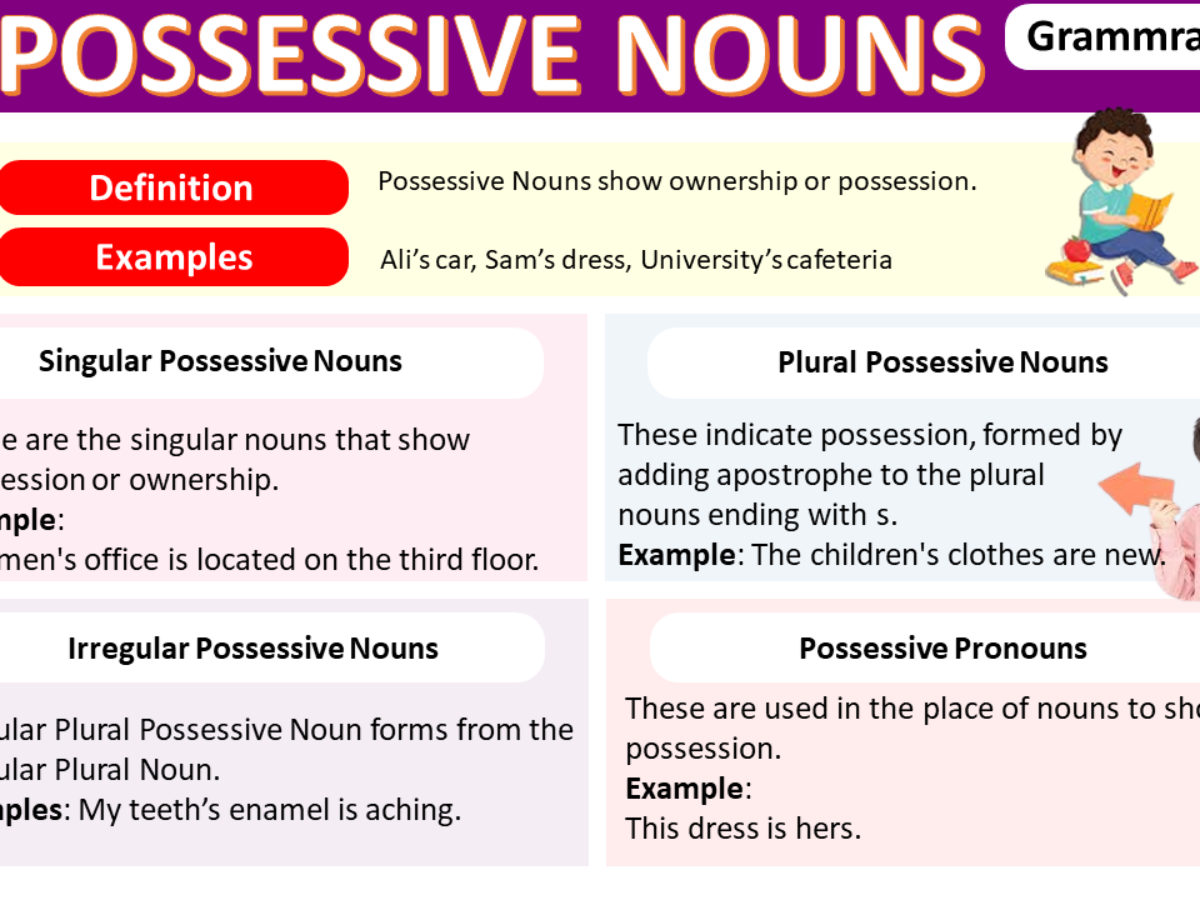When it comes to grammar, possessive nouns can sometimes be tricky to master. Plural possessive nouns add another layer of complexity to the mix. Understanding how to properly form and use plural possessive nouns is essential for clear and effective communication in writing.
Plural possessive nouns indicate ownership or belonging of more than one person, place, or thing. These nouns show that something belongs to a group of individuals rather than just one person. For example, if you want to indicate that a house belongs to a family, you would say “the families’ house” to show that it belongs to multiple families.
Plural Possessive Nouns
Forming plural possessive nouns involves adding an apostrophe after the plural form of the noun. For example, if you have multiple students and want to show that their books are located in the classroom, you would write “the students’ books.” The apostrophe comes after the ‘s’ in the plural form of the noun.
It’s important to remember that when the plural noun does not end in ‘s,’ you add an apostrophe followed by ‘s’ to show possession. For instance, if you want to indicate that the children’s toys are in the playroom, you would write “the children’s toys.” The same rule applies to irregular plural nouns that do not end in ‘s.’
Plural possessive nouns are commonly used in everyday language to show that something belongs to a group. Whether you’re talking about a team’s victory, a company’s success, or a family’s traditions, using plural possessive nouns correctly adds clarity and precision to your writing.
Practice is key when it comes to mastering plural possessive nouns. By familiarizing yourself with the rules and examples of plural possessive nouns, you can enhance your writing skills and effectively communicate ownership and belonging in your sentences. Remember to pay attention to the placement of the apostrophe and ‘s’ when forming plural possessive nouns to ensure that your writing is clear and grammatically correct.
In conclusion, understanding how to form and use plural possessive nouns is an essential skill for effective communication in writing. By following the rules and examples provided, you can confidently use plural possessive nouns to indicate ownership and belonging of multiple individuals, places, or things. Practice using plural possessive nouns in your writing to improve your grammar skills and enhance the clarity of your sentences.
